Home>Renovation & DIY>Home Renovation Guides>How To Make A Flood Channel Home Improvement
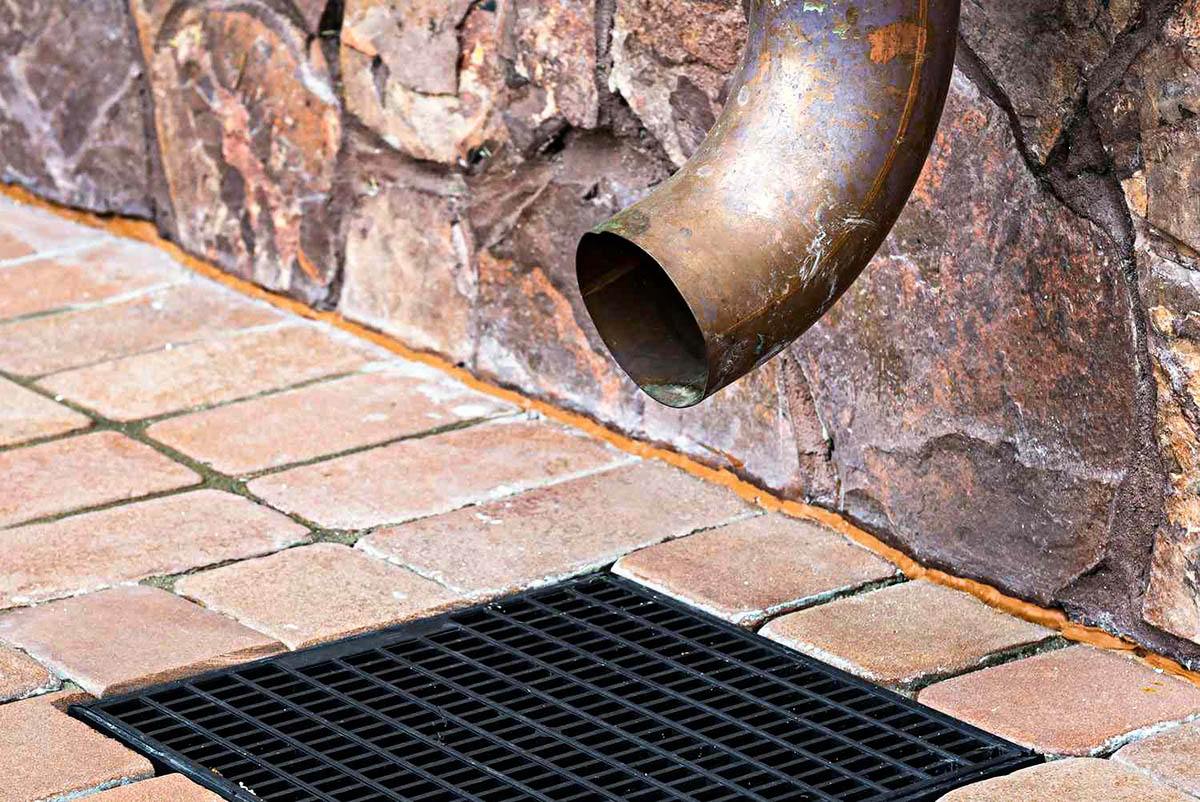

Home Renovation Guides
How To Make A Flood Channel Home Improvement
Modified: January 9, 2024
Learn how to make a flood channel for your home renovation project with our comprehensive home renovation guides. Transform your space with expert tips and advice.
(Many of the links in this article redirect to a specific reviewed product. Your purchase of these products through affiliate links helps to generate commission for Storables.com, at no extra cost. Learn more)
Introduction
Welcome to the ultimate guide on creating a flood channel as a home improvement project. Whether you live in an area prone to heavy rainfall or simply want to enhance the drainage system around your property, building a flood channel can be a beneficial and rewarding endeavor. By following the steps outlined in this guide, you will learn how to effectively manage excess water and protect your home from potential flooding.
In this comprehensive guide, we will delve into the essential aspects of constructing a flood channel, from assessing your property's drainage needs to obtaining permits and executing the construction process. Additionally, we will explore the crucial steps involved in designing the flood channel, as well as the landscaping and finishing touches that will elevate the functionality and aesthetic appeal of your property.
By embarking on this home improvement journey, you are not only safeguarding your home from potential water damage but also contributing to the overall resilience and sustainability of your property. So, let's roll up our sleeves and delve into the world of flood channel construction, where innovation and practicality converge to create a lasting solution for managing excess water.
Key Takeaways:
- Build a flood channel to protect your home from flooding by assessing your property, obtaining permits, and carefully designing and constructing the channel with safety and sustainability in mind.
- Enhance your property’s resilience and aesthetic appeal by integrating landscaping, erosion control, and sustainable practices into your flood channel construction, contributing to a harmonious coexistence with nature.
Read more: How To Make A Home Improvement List
Assessing the Property
Before embarking on the construction of a flood channel, it is crucial to conduct a thorough assessment of your property to determine its susceptibility to flooding and the most effective drainage solutions. Start by observing how water flows around your property during heavy rainfall or when snow melts. Take note of any areas where water accumulates or flows toward your home, as these are potential trouble spots that require attention.
Additionally, consider the topography of your property. Are there any natural depressions or low-lying areas that tend to collect water? Understanding the natural drainage patterns of your land is essential for devising an effective flood channel design that redirects water away from vulnerable areas.
Furthermore, assess the condition of your current drainage infrastructure, including gutters, downspouts, and existing channels. Are they functioning optimally, or do they contribute to water accumulation near your home? Identifying any existing drainage issues will inform the design and placement of your flood channel.
It is also advisable to consult local flood maps and seek information from municipal authorities regarding historical flooding in your area. This data can provide valuable insights into the specific challenges your property may face during extreme weather events.
By thoroughly assessing your property, you will gain a comprehensive understanding of its unique drainage needs, allowing you to proceed to the next phase of designing a flood channel that effectively mitigates potential flooding risks. Remember, a well-informed assessment is the foundation upon which a successful flood channel construction project is built.
Designing the Flood Channel
Once you have assessed your property and identified the areas that require improved drainage, it is time to embark on the design phase of your flood channel project. The design of your flood channel plays a pivotal role in effectively managing excess water and preventing potential flooding around your home.
Begin by determining the optimal route for the flood channel. This route should direct water away from vulnerable areas and toward safe drainage outlets, such as municipal storm drains or natural watercourses. Consider the natural slope of your property and plan the channel’s path to leverage gravity for efficient water flow.
When designing the dimensions of the flood channel, take into account the volume of water it needs to accommodate during heavy rainfall or snowmelt. Calculating the peak flow rate and potential water volume will guide you in determining the appropriate width, depth, and slope of the channel to ensure effective water conveyance.
It is also essential to consider erosion control measures within the channel design. Incorporating features such as riprap, vegetation, or concrete lining can help prevent soil erosion and maintain the integrity of the channel over time.
Furthermore, explore the possibility of integrating additional drainage solutions, such as French drains or catch basins, into the overall design to complement the flood channel and enhance its efficiency in managing water runoff.
As you finalize the design, consider the aesthetic and functional aspects of the flood channel. Integrating landscaping elements, such as native plants and decorative rocks, can not only enhance the visual appeal of the channel but also contribute to its environmental sustainability and integration with your property’s overall design.
By meticulously designing the flood channel to suit your property’s specific drainage needs and environmental considerations, you are laying the groundwork for a resilient and effective solution to manage excess water and safeguard your home from potential flooding.
Obtaining Permits and Permissions
Before commencing the construction of a flood channel on your property, it is imperative to navigate the regulatory landscape by obtaining the necessary permits and permissions. Compliance with local building codes and environmental regulations is essential to ensure that your flood channel project meets legal requirements and aligns with environmental stewardship principles.
Initiate the process by researching the specific permits required for constructing a flood channel in your area. Contact your local municipal or county offices to inquire about the permits, applications, and documentation necessary to proceed with the project. Depending on the scale and scope of the construction, you may need permits related to land disturbance, watercourse alterations, or stormwater management.
Engage in proactive communication with the relevant authorities to gain a clear understanding of the regulatory framework governing flood channel construction. This may involve consulting with zoning officials, environmental agencies, or watershed management authorities to ensure compliance with all applicable regulations.
It is crucial to prepare a comprehensive project plan that outlines the design, dimensions, and environmental impact mitigation measures associated with the flood channel. This plan will serve as a vital component of your permit application, demonstrating your commitment to responsible construction practices and environmental preservation.
Additionally, consider seeking permission from adjacent property owners if the construction of the flood channel may impact shared drainage pathways or water flow. Open dialogue and collaboration with neighbors can foster a harmonious approach to managing water runoff within the community.
While navigating the permitting process, remain receptive to feedback and guidance from regulatory agencies. Address any concerns or recommendations they may have regarding your flood channel project, as this collaborative approach can lead to a more effective and environmentally conscious construction process.
By diligently obtaining the required permits and permissions, you are not only ensuring the legal compliance of your flood channel construction but also demonstrating a commitment to responsible land stewardship and community cooperation in managing water resources.
When making a flood channel for home improvement, ensure that the channel is sloped away from the house to direct water away from the foundation and prevent flooding.
Excavation and Construction
With the necessary permits secured and a well-defined design in place, it’s time to embark on the transformative phase of excavating and constructing the flood channel. This pivotal stage requires careful planning, skilled labor, and adherence to best construction practices to bring the envisioned flood channel to fruition.
Commence the process by marking the designated route of the flood channel on your property, clearly outlining the boundaries within which excavation and construction will take place. Utilize appropriate marking tools to ensure precision and accuracy in delineating the channel’s path.
Excavation is a critical aspect of the construction phase, involving the removal of soil and other materials to create the channel’s profile. Depending on the depth and width specified in the design, excavation may necessitate the use of heavy equipment, such as excavators or trenchers, operated by skilled professionals to ensure safety and precision.
As the channel takes shape, pay close attention to maintaining the specified slope and dimensions, as these factors directly impact the channel’s ability to convey water effectively. Implement quality control measures to verify the accuracy of the excavation and ensure compliance with the design parameters.
Following excavation, the construction of the flood channel involves the installation of erosion control measures, such as riprap, gabion baskets, or geotextiles, to fortify the channel’s banks and prevent soil erosion. These measures are crucial for preserving the integrity of the channel and mitigating the impact of water flow on the surrounding terrain.
Incorporate sustainable construction practices by utilizing locally sourced materials for lining the channel or constructing retaining structures. This not only reduces environmental impact but also promotes the integration of natural elements into the built environment.
Throughout the construction phase, prioritize safety protocols to safeguard the well-being of the construction team and mitigate potential hazards associated with heavy machinery and excavation activities. Adhering to established safety standards is paramount in ensuring a secure and efficient construction process.
By meticulously executing the excavation and construction phase, you are translating the conceptual design of the flood channel into a tangible asset that will enhance the resilience of your property and contribute to effective water management for years to come.
Read more: What Are The Best Home Improvements To Make?
Landscaping and Finishing Touches
As the construction of the flood channel nears completion, attention turns to the integration of landscaping elements and the addition of finishing touches that will elevate the functionality and aesthetic appeal of the project. Landscaping not only enhances the visual appeal of the flood channel but also contributes to its ecological sustainability and seamless integration with the surrounding environment.
Begin by selecting native plants, shrubs, and grasses that thrive in your region’s climate and soil conditions. These indigenous species not only require minimal maintenance but also contribute to the biodiversity of the area, fostering a resilient ecosystem around the flood channel.
Strategically plant vegetation along the banks of the channel to stabilize the soil, reduce erosion, and enhance the overall aesthetics of the area. Consider the use of erosion-control blankets or matting to facilitate the establishment of vegetation and protect the channel’s banks during the initial growth phase.
Integrate decorative elements, such as natural stone accents or decorative boulders, to add visual interest and texture to the flood channel. These features not only contribute to the overall appeal of the landscape but also serve practical functions, such as providing structural support and enhancing erosion control.
Consider the installation of permeable paving or gravel pathways adjacent to the flood channel to create accessible maintenance routes and facilitate inspection and upkeep of the channel’s infrastructure. These pathways can also serve as aesthetically pleasing walkways, blending functionality with visual appeal.
Implement sustainable irrigation practices to support the establishment of newly planted vegetation. Consider the use of drip irrigation systems or rainwater harvesting techniques to minimize water consumption and promote the long-term health of the landscaping around the flood channel.
Finally, install signage or markers to delineate the flood channel’s boundaries and educate residents and visitors about its purpose and environmental significance. Informative signage can raise awareness about responsible water management and highlight the ecological benefits of the flood channel within the community.
By thoughtfully integrating landscaping elements and adding finishing touches, you are not only enhancing the visual allure of the flood channel but also fostering a harmonious coexistence between human habitation and natural water management systems.
Conclusion
Congratulations on completing the journey of creating a flood channel as a transformative home improvement project. By embarking on this endeavor, you have not only fortified your property against potential flooding but also contributed to the sustainable management of water resources within your community. The construction of a flood channel represents a harmonious convergence of innovation, environmental stewardship, and practicality, serving as a testament to your commitment to safeguarding your home and the surrounding ecosystem.
Throughout this comprehensive guide, you have gained insights into the crucial steps involved in constructing a flood channel, from assessing your property’s drainage needs to obtaining permits, executing excavation and construction, and adding the final touches through landscaping. Each phase of the project has been infused with a dedication to responsible land stewardship and a vision for creating a resilient and visually appealing water management solution.
As you witness the completion of the flood channel, take pride in the transformative impact it will have on your property. The channel stands as a testament to your proactive approach to mitigating potential flooding risks and fostering a sustainable living environment. Its integration into the landscape not only enhances the functionality of your property but also contributes to the overall aesthetic appeal and ecological balance of the area.
By embracing the principles of sustainable construction, native landscaping, and responsible water management, you have set an example for others in your community, inspiring a collective commitment to resilient and environmentally conscious home improvement projects. Your flood channel serves as a beacon of innovation and environmental harmony, demonstrating the positive impact of integrating human habitation with natural water management systems.
As you reflect on this transformative journey, remember that the completion of the flood channel is not just the end of a construction project—it marks the beginning of a resilient and sustainable future for your property. Embrace the ongoing maintenance and care of the flood channel, nurturing the native vegetation and preserving its functionality for generations to come.
Thank you for embarking on this transformative home improvement journey and for your dedication to creating a resilient and sustainable living environment. Your commitment to responsible water management and environmental stewardship sets a shining example for the community, inspiring a collective ethos of harmonious coexistence with nature.
Frequently Asked Questions about How To Make A Flood Channel Home Improvement
Was this page helpful?
At Storables.com, we guarantee accurate and reliable information. Our content, validated by Expert Board Contributors, is crafted following stringent Editorial Policies. We're committed to providing you with well-researched, expert-backed insights for all your informational needs.
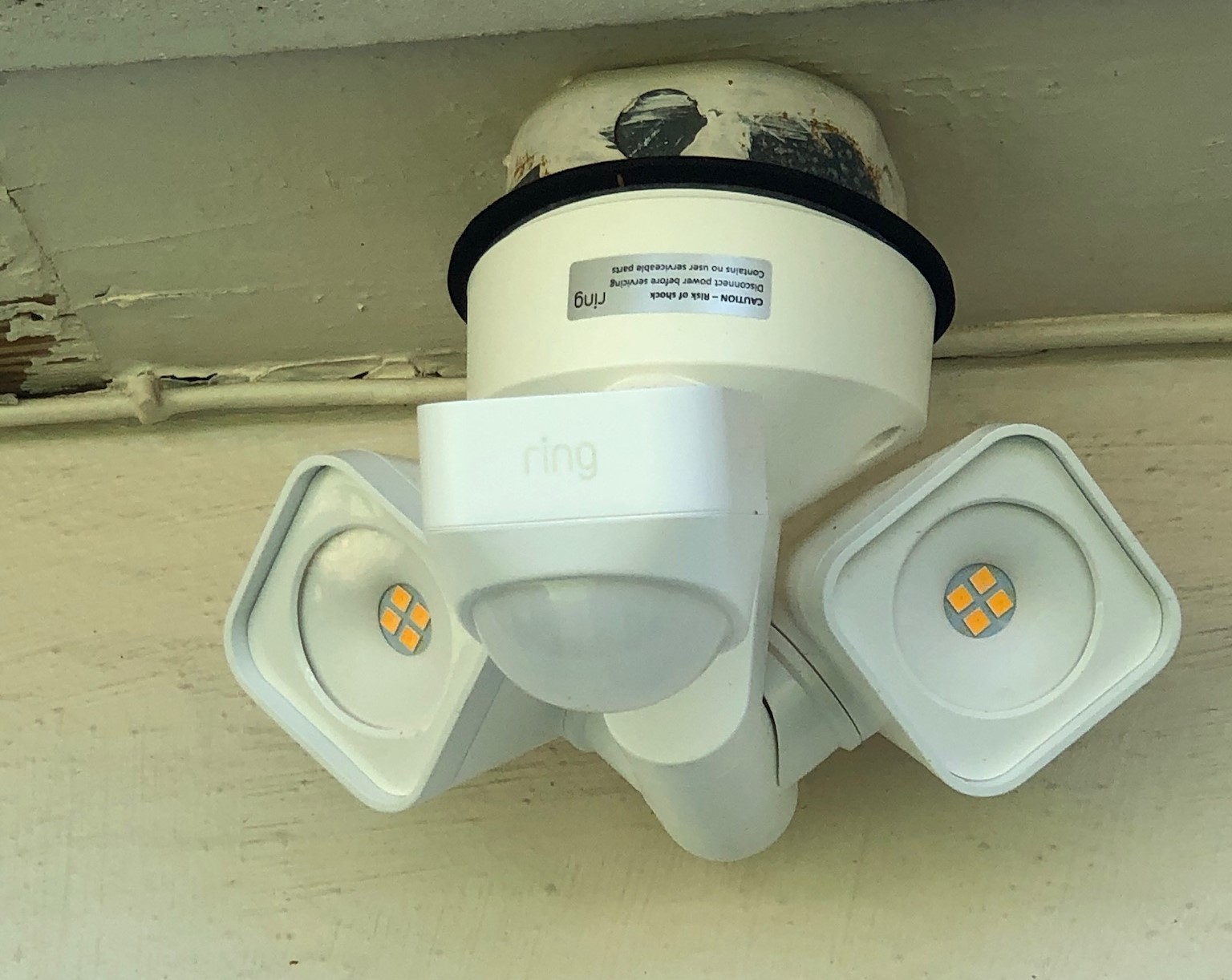


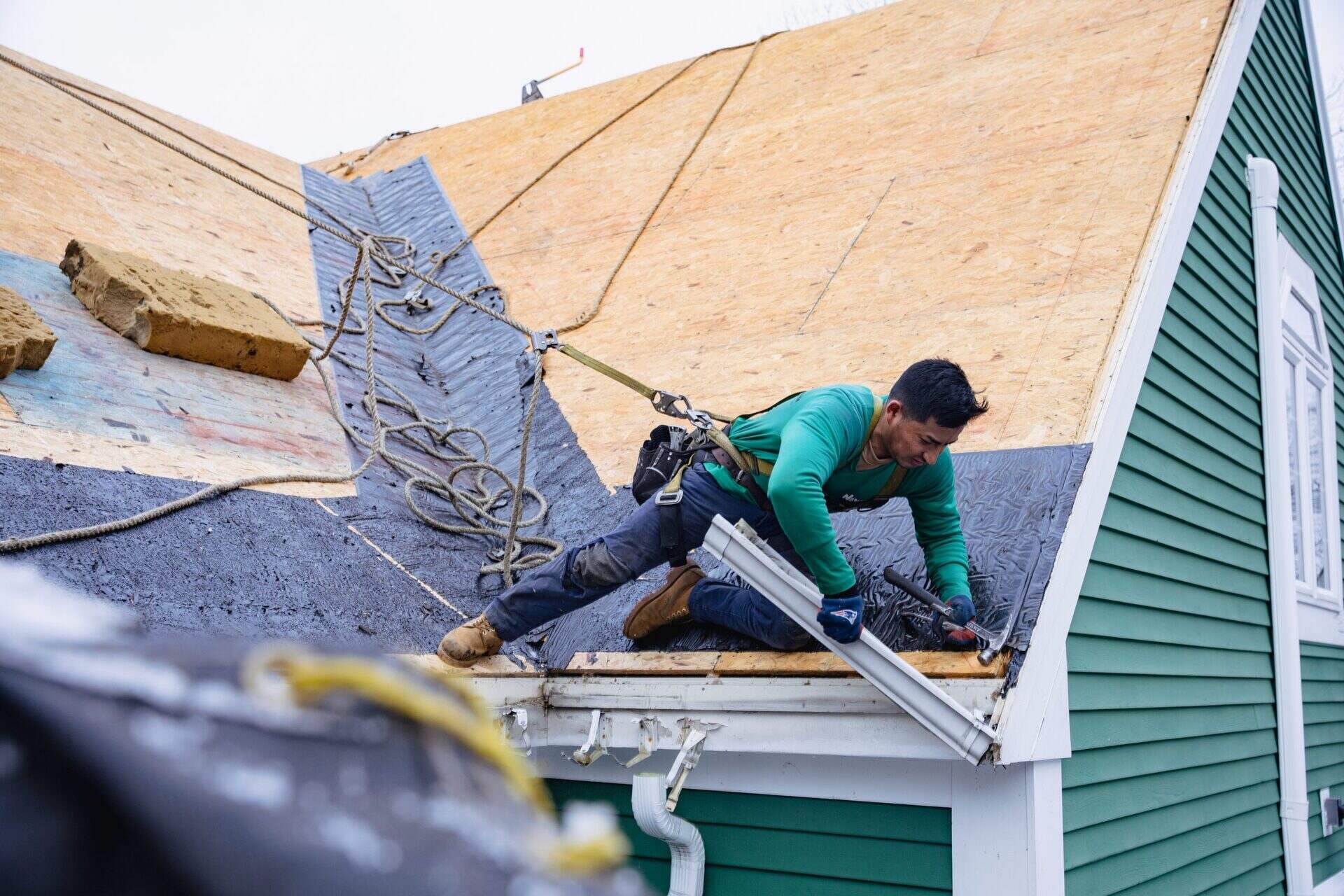


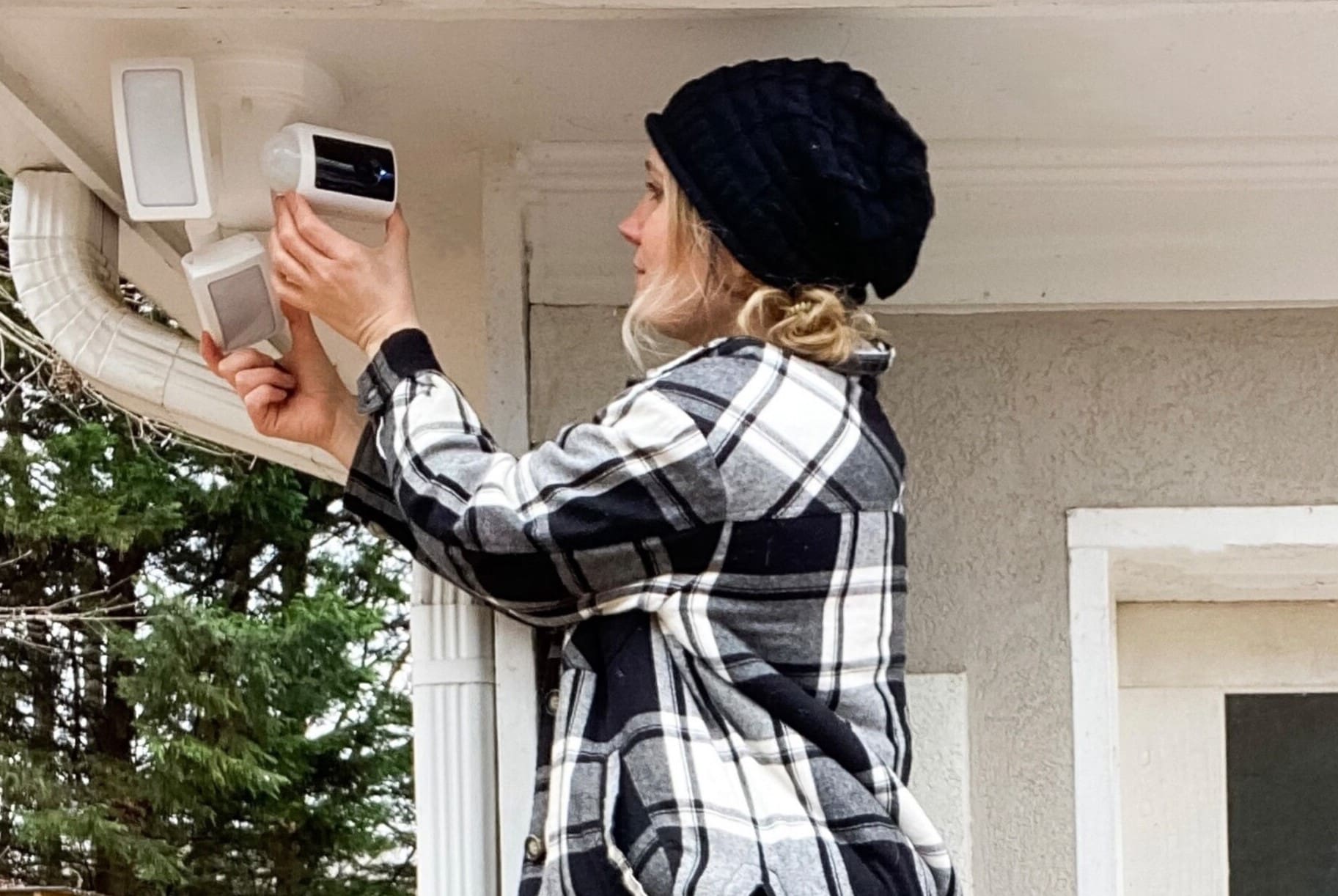






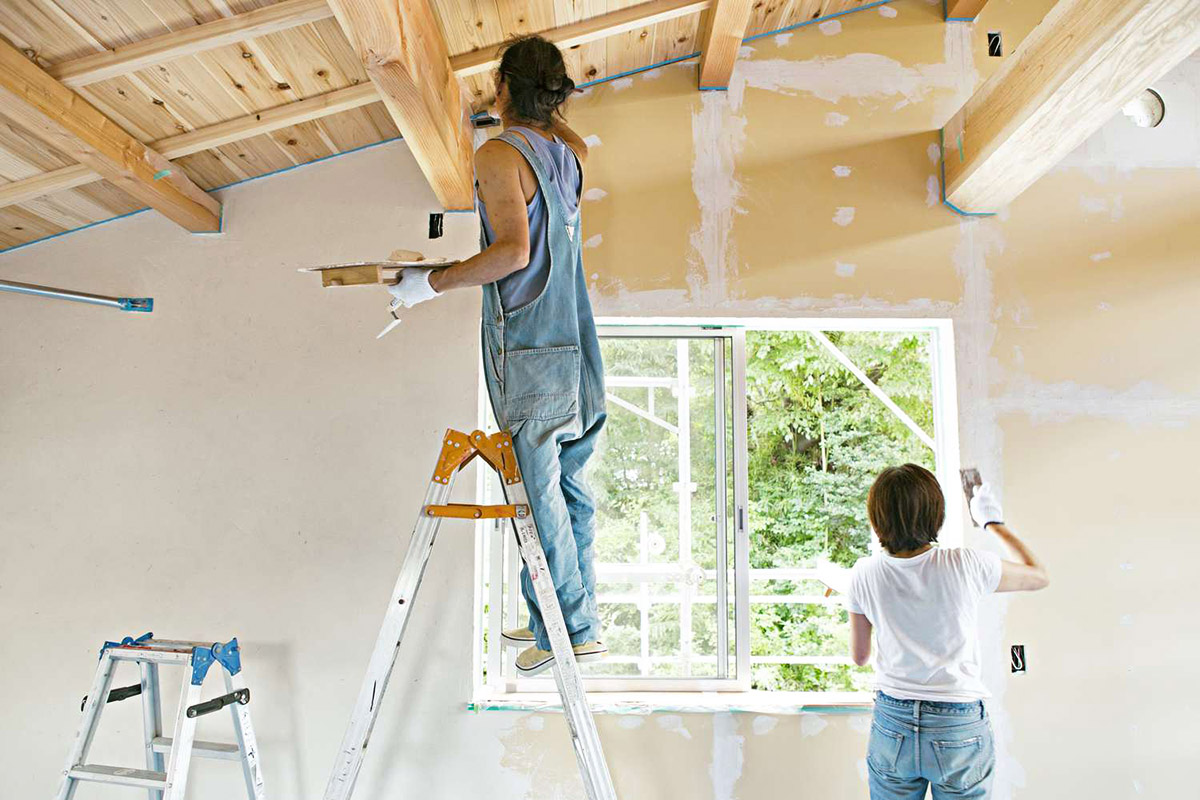

0 thoughts on “How To Make A Flood Channel Home Improvement”